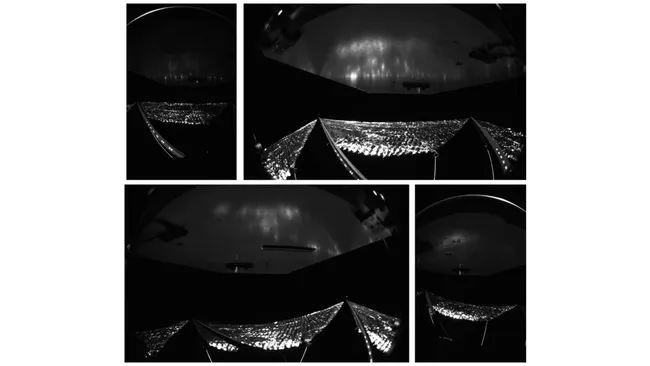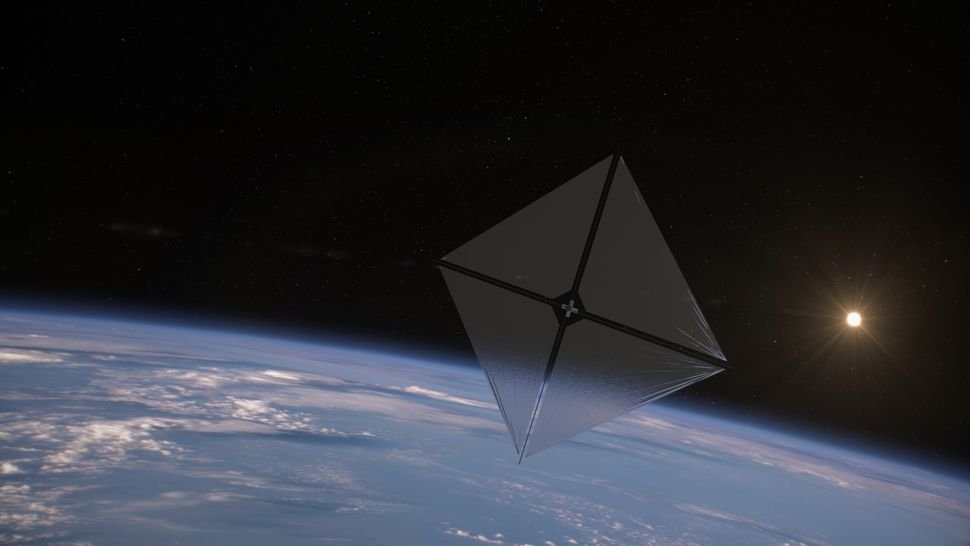NASA’s ambitious Advanced Composite Solar Sail System (ACS3), launched in April this year, has been encountering an array of surprises as it navigates Earth’s orbit.
The mission, a pioneering effort to harness the power of sunlight for spacecraft propulsion, is facing some complex challenges, yet it’s leading to crucial discoveries that could transform space exploration.

Initially unfurled in September, ACS3 boasts an impressive 860-square-foot sail designed to capture radiation pressure from sunlight, a method that offers a low-cost propulsion alternative for future missions.
However, the spacecraft’s journey hasn’t been entirely smooth.
A slight misalignment in one of its four composite booms has been causing the spacecraft to spin uncontrollably in orbit, presenting an unexpected problem for mission teams.
This unwelcome twist is attributed to the deployment process, where tensions during boom extension may have resulted in a bend.
Though partial straightening has been observed since deployment, the spacecraft continues to tumble as its attitude control system awaits reactivation.
Despite this, NASA remains optimistic.
Officials have stated that data gathered during this mission is exceedingly valuable, contributing significantly to future solar sail endeavors.
The agency emphasizes that the bent boom is not expected to derail the mission’s primary goals.
The ACS3 mission stands as a testament to the potential of solar sailing, a propulsion technology that attempts to cruise through space by harnessing the power of photons.
This method negates the need for traditional propellant, potentially enabling new kinds of missions.

While ACS3 is not the first solar sail to take flight, its success could pave the way for much larger and more capable solar sails in the future.
Solar sailing is still considered to be in its developmental stages, with only a handful of previous missions such as Japan’s Ikaros and NASA’s NanoSail-D having tested the waters.
It’s an area of huge potential, especially if the complications seen with ACS3 can be resolved and improvements made.
NASA’s current focus is on collecting data while managing the spacecraft’s tendency to drift.
Engineers are waiting for the right moment when ACS3’s spinning aligns it optimally towards the sun, reactivating its control system to stabilize its position.
While drawing lessons from its current challenges, this mission could significantly inform future projects, demonstrating the real-world applicability and operational constraints of solar sail technology.
Overall, ACS3 continues to spin a narrative of perseverance, offering valuable insights at every turn.
